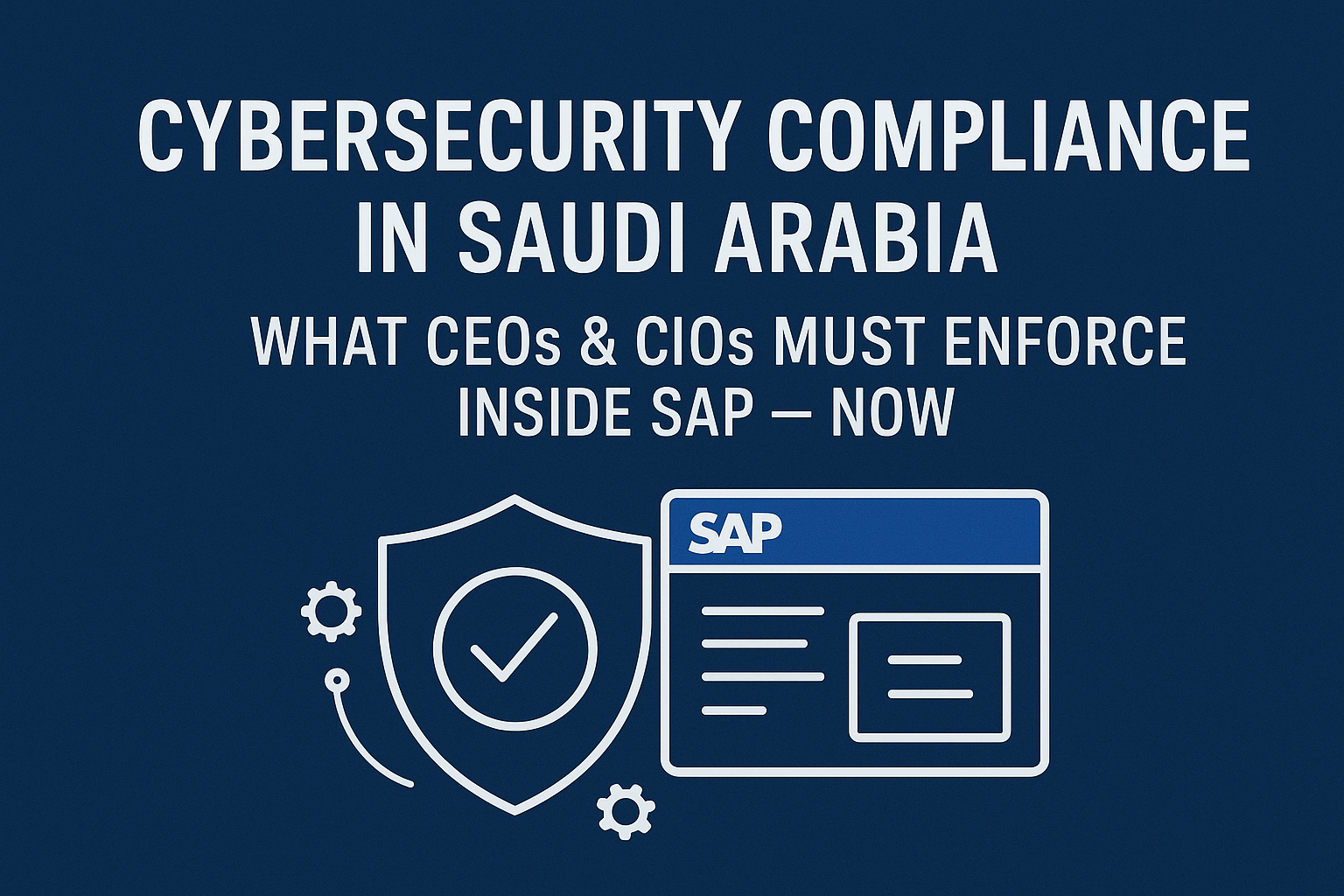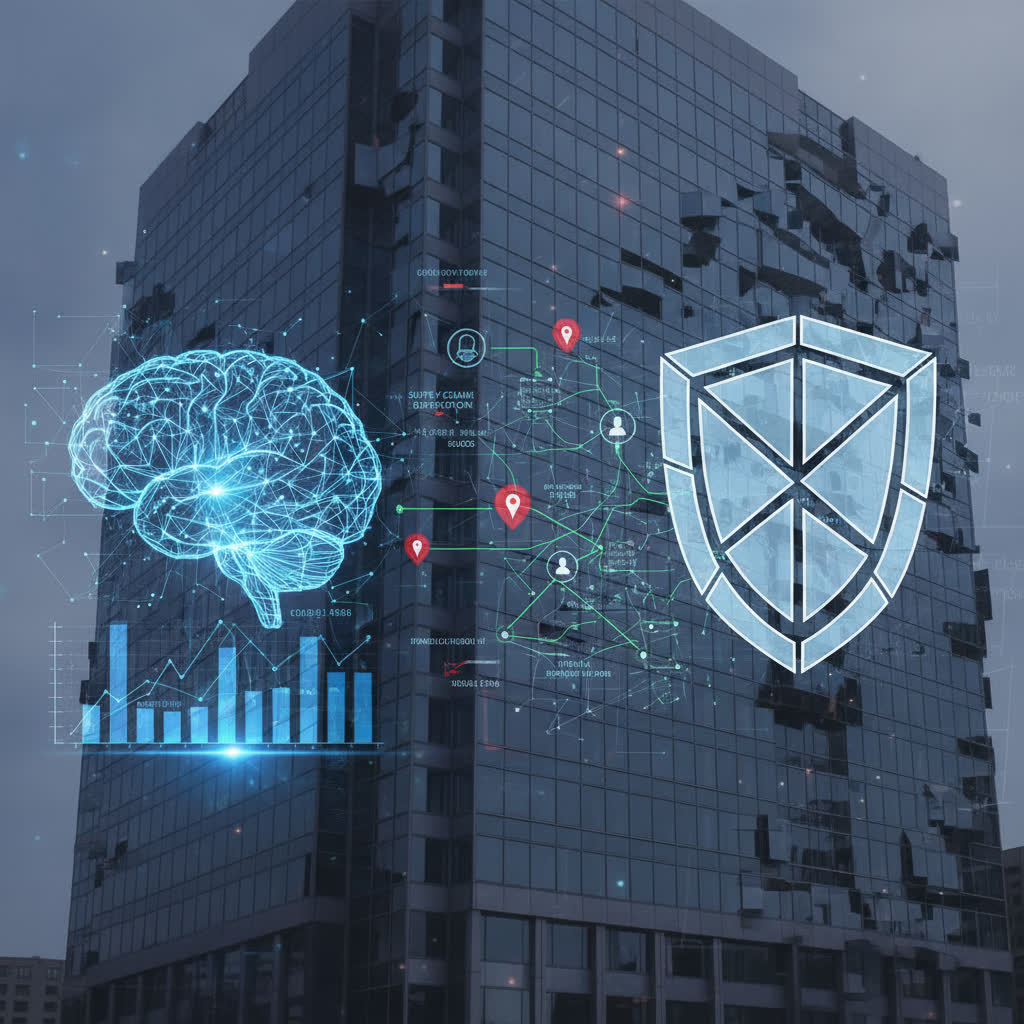Securing sensitive business data has become one of the foremost responsibilities for modern organizations. With the increase in cyber threats and the growing complexity of enterprise applications, properly managing user access within critical systems such as SAP is more important than ever. Proper authorization management doesn’t just prevent external and internal security breaches. It also helps organizations comply with demanding regulations and safeguard their competitive advantage. This blog provides an actionable guide on implementing industry best practices for access control, helping enterprises optimize their SAP landscapes in 2025 and beyond.
Understanding Authorization Management and Its Importance
Authorization management stands as the foundation of any robust access control strategy. It involves defining and controlling which users have access to specific system functionalities and data. Without clear authorization structures, organizations leave themselves exposed to data leaks, fraud, and compliance violations. For SAP users, authorization management requires more than simple username and password verification. Instead, it relies on roles, profiles, and permission sets meticulously designed to match business needs without granting unnecessary access. Understanding these core principles helps businesses recognize the value of investing in structured access management solutions and services.
Balancing Security and Usability in SAP Environments
Employees need efficient access to execute their responsibilities. Still, unrestricted access can jeopardize data integrity and confidentiality. Striking the right balance between security and usability is difficult but necessary. A good authorization strategy supports business agility while minimizing exposure to risk. The key is to tailor access rights according to each user’s daily tasks, removing excessive permissions while ensuring all required capabilities remain available. This enables companies to work efficiently without sacrificing oversight or safety.
Best Practices in Designing Robust SAP Authorization Concepts
Authorization management revolves around designing systematic authorization concepts that meet the demands of the organization’s size and complexity. Whether the organization falls under small, mid, or enterprise-market categories, developing tailor-made authorization concepts proves essential. “Authorization Concept for S/4HANA Small-Market”, “Authorization Concept for S/4HANA Mid-Market” and “Authorization Concept for S/4HANA Enterprise-Market” provide concrete guidance for organizations at each stage. These concepts align user access to job functions and regulatory requirements, laying a solid foundation for secure growth.
Segregation of Duties: Preventing Conflicts and Risks
Segregation of Duties (SoD) forms an integral part of any authorization model. SoD divides key activities between multiple actors to prevent fraud and error. In practice, this could involve separating invoice creation from payment approval or granting sensitive data extraction rights only to specific departments. Automating SoD checks within SAP systems through regular risk assessments is a proven way to identify hidden risks and prevent future breaches. Scheduling a frequent “SAP Risk Analysis as a Service” review provides ongoing oversight and timely alerts on emerging vulnerabilities.
Leveraging Modern Identity and Access Management Solutions
Identity and Access Management (IAM) systems are evolving rapidly to meet the growing complexity of modern businesses. “Implementation & Operation of IAM (Identity and Access Management)” delivers a structured way to centralize access control, streamline user lifecycle management, and support compliance. Automated IAM systems manage roles and permissions across multiple SAP instances, enabling swift reactions to business changes. This not only enhances security but also reduces administrative effort, freeing IT teams to focus on critical projects.
Benefits of Automated User Provisioning and Lifecycle Management
Automating user provisioning ensures employees receive the right access starting from day one. As roles change or employees leave the organization, IAM tools update or revoke access without manual intervention. This minimizes the risk of orphaned accounts or excessive privileges left unchecked. Automated lifecycle management reduces human error and delivers much-needed oversight for audit-readiness. These controls tie directly into compliance requirements and internal security frameworks, especially relevant for firms handling confidential data.
Granularity of Access: Fine-Tuning Permissions for Business Needs
Fine-grained access control empowers organizations to map permissions more closely to business needs. Rather than applying broad role definitions, administrators create granular permission sets that mirror nuanced job requirements. The “SAP Authorization Managed Services Small-Market”, “SAP Authorization Managed Services Mid-Market” and “SAP Authorization Managed Services Enterprise-Market” models illustrate the application of tailored authorization concepts in practical scenarios. Outsourcing these services to experts ensures that access rules stay updated with business growth and changing regulatory landscapes.
The Value of Role-Based Access Control (RBAC)
Role-Based Access Control is a time-tested method for simplifying authorization management. RBAC assigns permissions to roles instead of individual users, reducing complexity and making ongoing maintenance easier. As employees change positions, administrators update their roles, automatically adjusting the access they receive. This approach streamlines access reviews and supports compliance with industry standards, helping organizations scale their operations securely. Combining RBAC with regular monitoring by managed services delivers both security and operational efficiency.
Maintaining Ongoing Compliance: Regulations and Audit Preparedness
Modern enterprises must contend with an array of regulations like GDPR, SOX, and ISO 27001. Implementation of GRC Solution (Governance, Risk and Compliance) provides centralized control and monitoring for authorization management and regulatory reporting. GRC tools enable regular “SAP Audit” compliance checks, gather audit evidence, and produce actionable reports. This reduces manual workload and prepares the organization for both periodic and ad-hoc audits. Integrating risk management and policy enforcement drives down the cost of compliance and reduces the risk of penalties.
Preparing for Audit: Streamlining Workflows and Evidence Collection
SAP audits can pose significant challenges due to the complexity and volume of system data. Leveraging a defined audit approach and risk analysis service helps prepare for external and internal reviews. Automated solutions aggregate access logs, user provisioning details, and segregation of duty results, making the audit trail easily searchable and readily available. Consistent use of GRC solutions simplifies audit preparation, delivering confidence that all relevant controls function as intended and that supporting evidence is always accessible.
Simplifying Role Management During SAP S/4HANA Transitions
Transitioning to SAP S/4HANA is a critical milestone, demanding precise planning around role and authorization management. Whether the organization is classified as small, mid, or enterprise-market, transitions offer a unique opportunity to modernize access control architectures. Pre-defined “Authorization Concepts for S/4HANA Small-Market”, “Authorization Concepts for S/4HANA Mid-Market” and “Authorization Concepts for S/4HANA Enterprise-Market” deliver scalable frameworks for migration projects. These frameworks help avoid delays and minimize disruption, reducing risks related to business continuity and compliance gaps.
Overcoming Migration Challenges With Expert Support
S/4hana migrations present challenges such as adapting existing permissions to new functionality, mapping legacy roles to current processes, and maintaining compliance throughout the process. Involving managed services and expert-led audit practices at the outset streamlines the transition, reduces rework, and ensures the new system aligns with business policy. Using risk analysis and audit services, teams verify that authorizations do not expose sensitive information and help avoid pitfalls that often occur during large-scale IT transformation projects.
Proactive Risk Management: Detecting and Addressing Threats Early
Risk management forms the backbone of a mature authorization management program. Regular “SAP Risk Analysis as a Service” allows companies to detect threats, policy violations, and usage anomalies as soon as they arise. Proactive monitoring detects issues before they can impact business operations. Automated tools scan for outdated roles, excessive permissions, and conflicting authorizations, producing regular reports for stakeholders. These insights enable decision-makers to take informed actions that keep the business secure and compliant at all times.
Integrating Continuous Improvement Into Everyday Operations
Access controls should never stand still. Business processes evolve, regulations change, and threats adapt. The best organizations institutionalize continuous improvement, using managed services to review and refine their authorization models. Regular feedback loops between business users, IT, and audit teams ensure roles reflect real-world requirements and any gaps or excesses are promptly addressed. This cycle of optimization maintains alignment with organizational goals and minimizes resource wastage.
Empowering Employees Through Awareness and Training
People can be both the organization’s greatest asset and its largest vulnerability. Consistent, targeted training ensures that employees understand the importance of appropriate access management, their responsibilities, and how to identify problems. Awareness programs teach the basics like recognizing phishing attempts and following least privilege principles. Including real-world case studies and policy reminders increases engagement and drives home why compliance matters. The result is a workforce that actively participates in security by identifying issues and reporting concerns quickly.
Cultivating a Security-First Mindset Across Departments
A security-first mindset grows organically when leadership prioritizes access control at every level. Department heads must champion secure access assignments, conduct regular access reviews, and communicate the value of audit-ready systems. In large organizations with distributed teams, it helps to align all managers to the same policy expectations. Making authorization management part of regular operational review meetings increases visibility and encourages teams to treat security as a collective responsibility, rather than a specialized IT function.
Adapting Authorization Management for Hybrid and Remote Work
The shift to hybrid and remote workforces introduces new challenges for access control. Employees now access SAP systems from various locations, devices, and networks, often outside the office firewall. IAM implementation and robust managed services help enforce consistent access policies regardless of the user’s physical location. Automated risk analysis and GRC integration further safeguard data exchanges with external partners or mobile employees. As flexible work arrangements continue to expand, scalable and adaptable authorization strategies are vital to protecting corporate assets.
Practical Steps for IT Teams Managing Distributed Access
IT administrators should leverage cloud-based tools for identity management, including multi-factor authentication and conditional access policies. Reviewing system logs for abnormal login patterns or unauthorized access attempts can highlight previously unnoticed threats. Automated solutions ensure that temporary access for remote projects or third-party contractors expires on schedule, minimizing risk. Implementing managed authorization services for different market segments guarantees that best practices apply uniformly across the organization, regardless of size or complexity.
Future Trends in Authorization Management
As regulations become stricter and technology advances, authorization management will continue to evolve. Artificial intelligence and machine learning will provide real-time risk detection and smarter access decisions. Predictive analytics may soon identify risky login behaviors before issues arise. At the same time, increasing integration between cloud and on-premise SAP systems will necessitate unified access control strategies. Partnering with expert services will remain indispensable for keeping ahead of these trends while extracting more value from SAP investments. Mature organizations will prioritize continuous optimization and automation of their access control frameworks.





